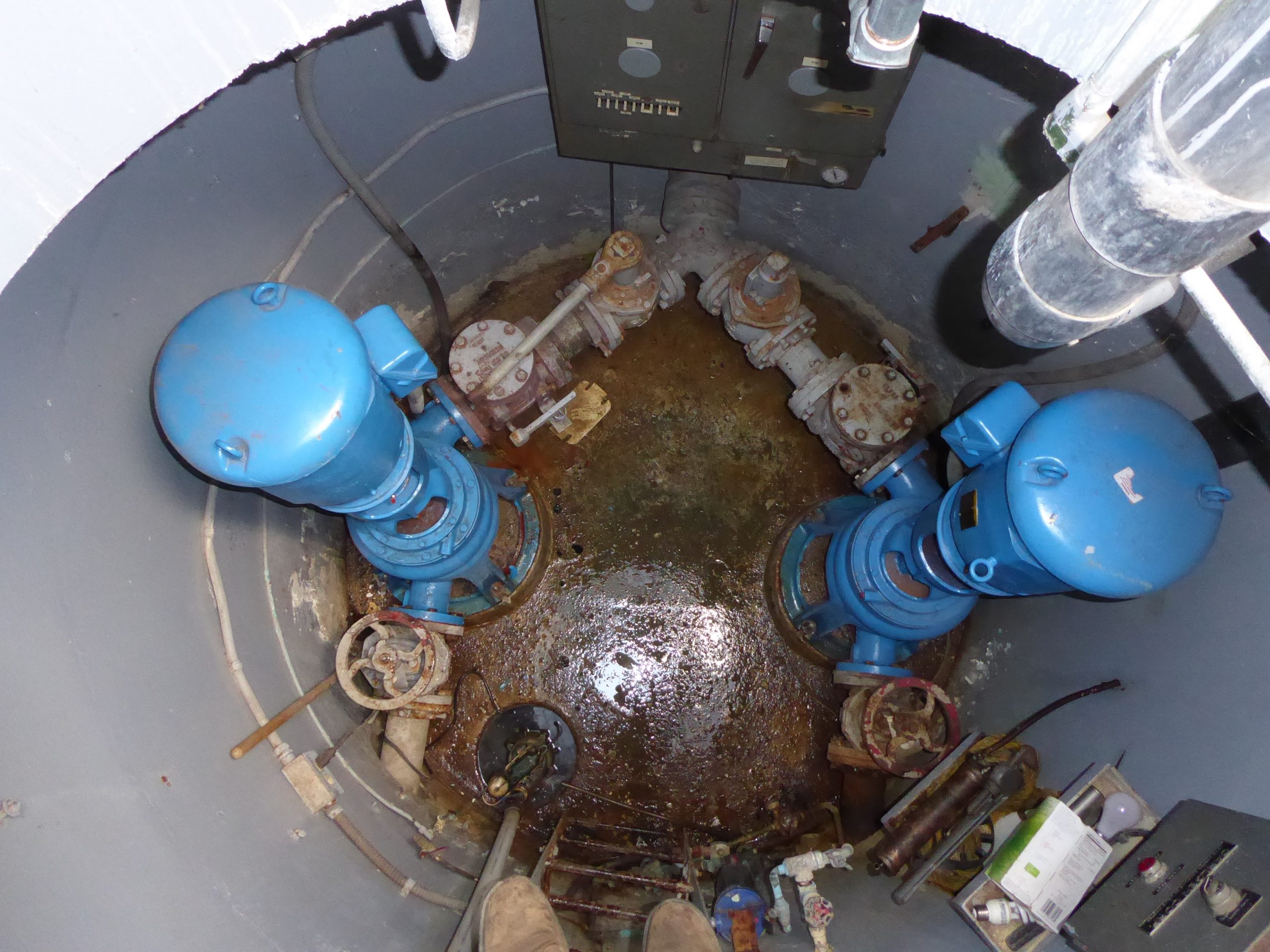Asset Management Plans: Asset Inventories and Condition Assessments
Introduction
Walden is currently working on an Asset Management Plan (AMP) for wastewater collection and treatment infrastructure for a town in New York State’s Capital Region. To learn more about what an AMP is and how Walden is working with the New York State Department of Environmental Conservation (NYSDEC) and the state’s Environmental Facilities Corporation (EFC) to develop AMP programs in New York, see Walden’s previous blog on this topic. This follow-up blog will focus on the asset inventory and condition assessment portions of an AMP.
Asset Inventory for AMPs
An important part of developing an AMP is determining what is and is not considered an asset for a given facility or process and compiling a comprehensive, up-to-date list of those assets. This list, known as an asset inventory, can be organized in a number of ways, like with a spreadsheet, and is developed by reviewing existing documents and performing field inspections.
Each asset in the inventory includes a unique asset ID, a description of the asset, and information about its physical location, installation year, replacement cost, service life, condition, likelihood and consequence of failure, and more. The data from the asset inventory is later uploaded into asset management software.
Walden recently finished performing an inventory of the assets at the wastewater treatment plant and fourteen (14) pump stations owned by the town and is close to finishing the condition assessment of the assets, which is the next step of the AMP.
Condition Assessment for AMPs
Once assets are identified, they are assigned a condition assessment classification in the asset inventory. These classifications are used to determine what criteria to use for assessing the condition of different types of assets. For example, hours run is one of the criteria for determining the condition score for a pump or motor but not for a structure or pipe.
After a score of between 1 and 5 is entered for the required criteria of an asset, an overall condition score for that asset is calculated. The condition scores are then totaled and will contribute to priority ranking for preventative maintenance and improvement planning.
What Are the Next Steps for This Assignment?
For the next phase of this project, Walden will complete a similar asset inventory and condition assessment for the town’s horizontal sewer assets (sewer collection system pipes and manholes). Walden will also evaluate asset risk and the level of service that this sewer system provides, which are important steps to avoid a disturbance in the town’s sewer service.
The final components of an AMP include capital planning, funding, implementation, operation and maintenance, preventative maintenance, and reporting.
If you are curious about AMPs or how they could benefit your utility, Walden has an experienced team of professionals eager to help. Contact Walden today by calling (516) 701-1681.

Walden is excited that we have the opportunity to work with EFC to ensure that the state’s water infrastructure is safe and reliable. Our expert staff have experience working with regulatory agencies and municipalities of all sizes. We can help you too. For more information about asset inventories, assessments, and management plans, contact us to speak with an expert who can help.
